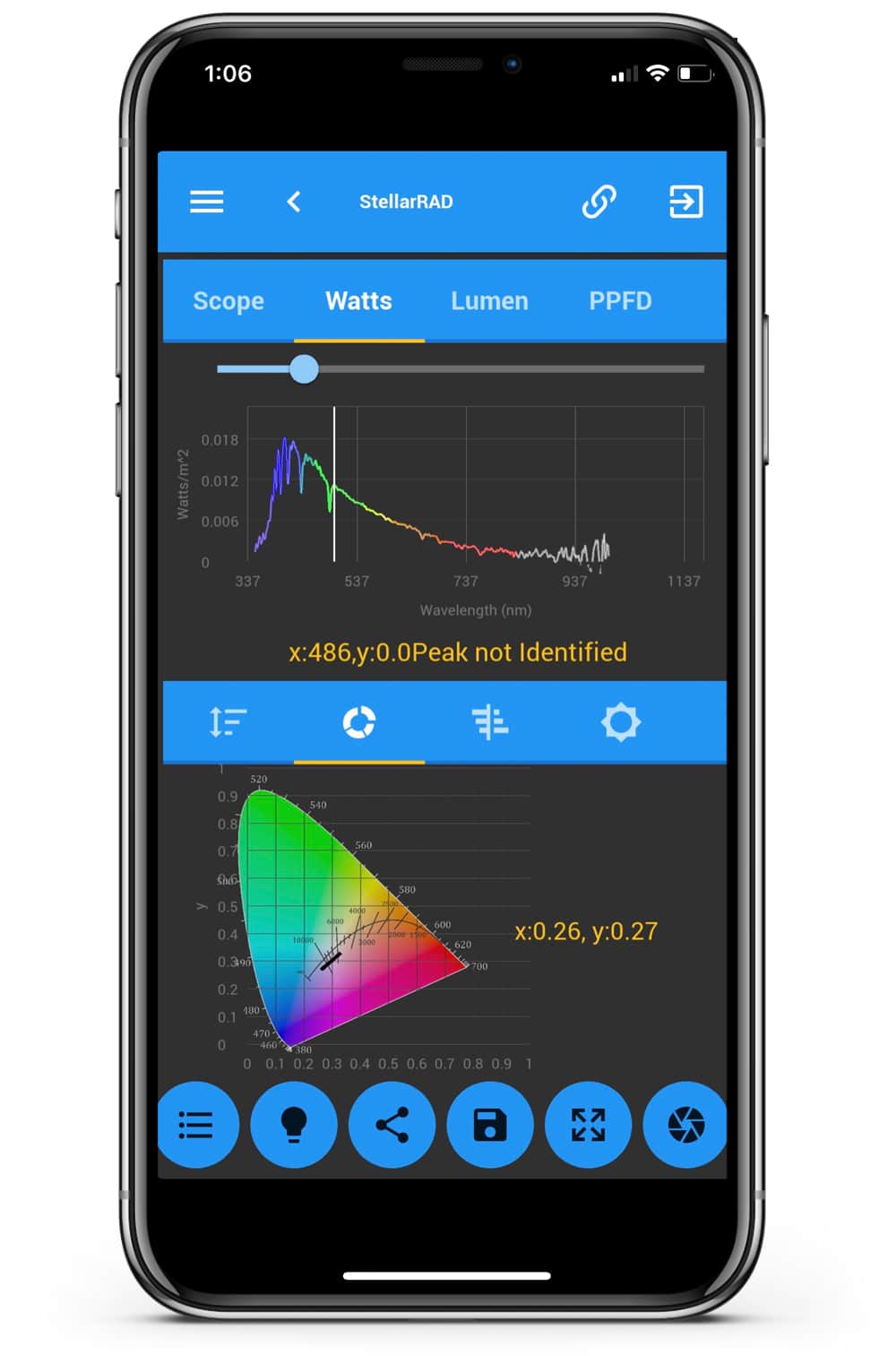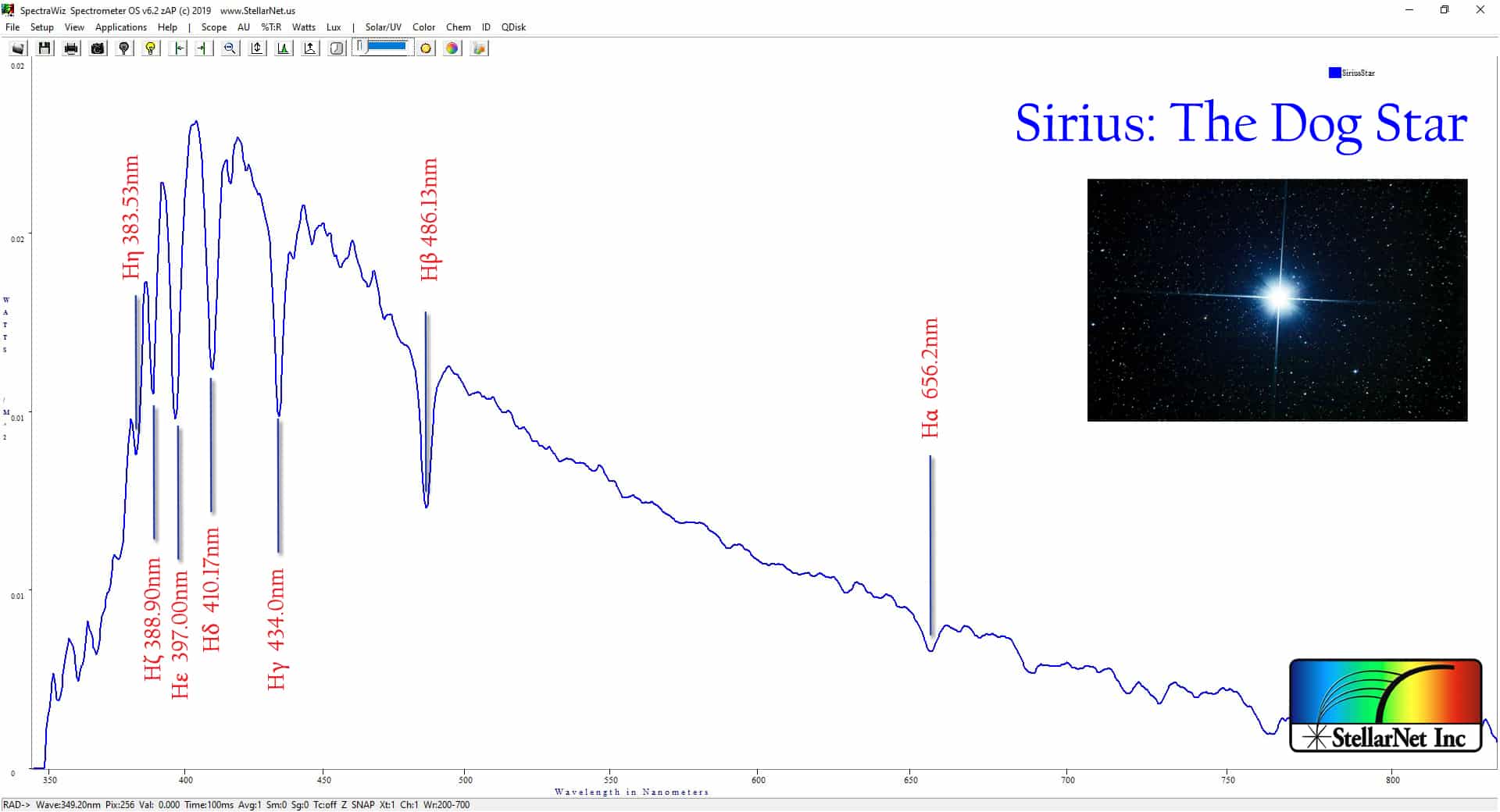The next stop on the SpectraWizard’s exploration of the Universe is Sirius: The Dog Star. Found in the Constellation Canis Major, Sirius is always easy to find because it is the sky’s brightest star. If you have been following the SpectraWizard on his journey, it is right next to the constellation Orion containing the red supergiant Betelguese.
The months of January through March are perfect for both Northern and Southern hemisphere observers to see Sirius in the early night sky. Historically, Sirius has played a role in many civilizations and gives reference to the phrase “Dog Days of Summer”. To the Greeks and Romans, the “dog days” occurred when Sirius appeared to rise just before the sun, in late July. They referred to these days as the hottest time of the year, a period that could bring fever or even catastrophe. To the Egyptians; however, the annual return of the “dog days” foretold when the Nile River would flood and rejuvenate their lands.
Sirius is approximately 8.6 light-years from Earth and is one of our nearest neighbors. It is about twice as massive as our Sun and about 25 times as luminous. Sirius is an A-type main-sequence star (also known as a dwarf star) which is defined by strong hydrogen Balmer absorption lines and surface temperatures between 7600 and 10,000K. The Balmer series in atomic physics is one of a set of six named series describing the spectral line emissions of the hydrogen atom. The Balmer series is characterized by the electron transitioning from n ≥ 3 to n = 2, where n refers to the radial quantum number or principal quantum number of the electron.
The Spectrum of Sirius A was collected using similar techniques as described in our previous astrospectroscopy app notes using a BLUE-Wave spectrometer. Color temperature and many parameters of the starlight can be monitored using the StellarRAD App. The SpectraWizard measured the color temperature of Sirius to be ~1050K which classifies it as an A-type star.
Sirius is the brightest start in our night sky! But there are much brighter stars in the Universe, they are just much further away…
The SpectraWizard e-mailed himself all the spectral data to review using his desktop SpectraWiz Software. Below you can see the Sirius “dog star” Spectra with the Balmer Hydrogen peaks labeled.







